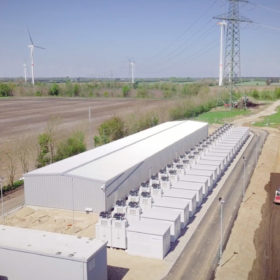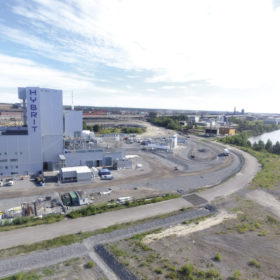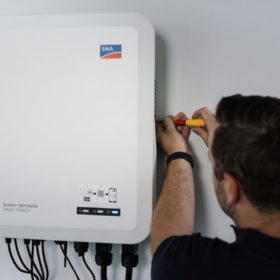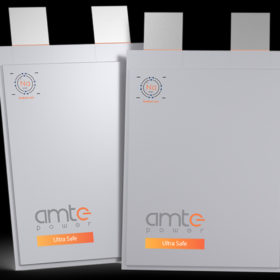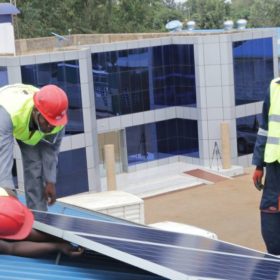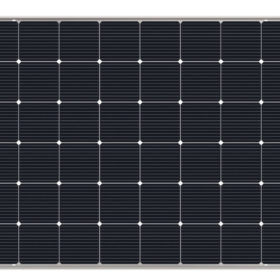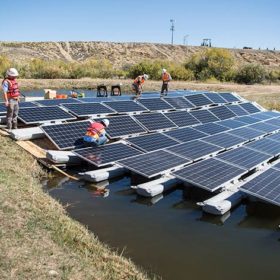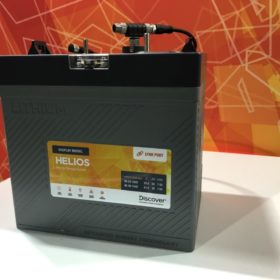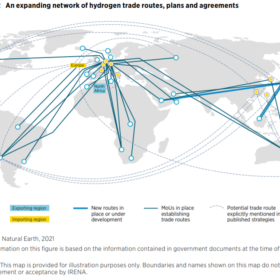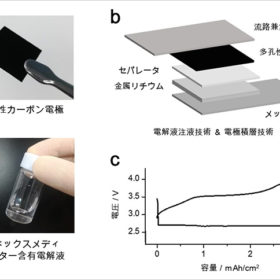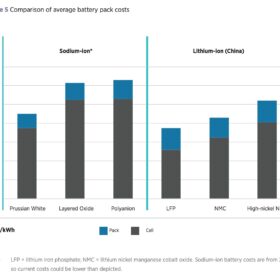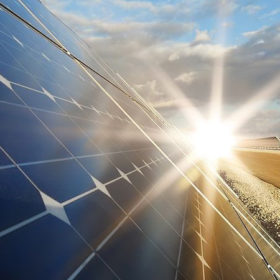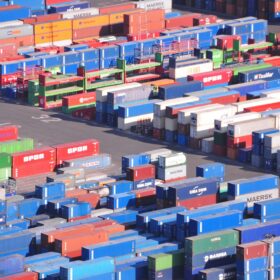NTPC renewable arm tenders 500 MW/3,000 MWh energy storage projects
Global bids are invited to develop a cumulative 500 MW of energy storage system facilities on a ‘build-own-operate’ basis anywhere in India. The proposed plants can be set up in sizes ranging from 100 MW rising to 500 MW, with the capacity to store at least six hours of electricity—for example, a 500 MW project with a minimum energy storage capacity of 3,000 MWh. Bidding closes on March 11.
Making cheaper H2
The hype surrounding green hydrogen is real, but does the cost-reduction outlook for its production technologies live up to it? Christian Roselund looks at the technology, transportation, application and enabling policies behind the promising green energy carrier.
New hybrid inverter for rooftop PV arrays from SMA
SMA’s new hybrid inverter reaches a maximum efficiency of 98.2% and a maximum European efficiency of 97.5%. It is compatible with DC-coupled high-voltage lithium-ion batteries from leading suppliers, according to the manufacturer.
Sodium-ion battery tech gets commercial testing in UK
Harwell Campus will provide a testbed for energy storage technologies coming from three U.K.-based innovative businesses, bringing their solutions one step closer to the market.
Best fire safety practices for rooftop PV systems
Compiled by an international research group, the best practices were collected from all available guidelines published by national agencies, regulatory bodies, and trade associations.
TOPCon vs PERC
TOPCon solar cells are on their way to fully compete with PERC solar products, according to recent research from Germany’s Fraunhofer ISE. Efficiency gains for the TOPCon concept, however, are necessary to help it capture more market share, as production costs remain higher than those for PERC tech. A series of cost-driven strategies to make TOPCon modules advance were outlined in the study.
Floating PV could reach 4.8 GW globally by 2026
Global Industry Analysts has predicted the rapid rise of floatovoltaics, a market that is expected to serve areas with land-use concerns.
Discover Battery unveils lithium ferro-phosphate battery for off-grid solar, tiny homes
At Intersolar North America in California, Canada-based Discover Battery has launched the Helios energy storage system, an LFP battery designed to operate in remote conditions.
Green hydrogen could disrupt global trade, bilateral energy relations
While there are still many uncertainties as to the way in which hydrogen trade might evolve and change economic ties and political dynamics between countries, experts agree that green hydrogen can bring winds of change to the global energy arena. According to the International Renewable Energy Agency, significant geoeconomic and geopolitical shifts are just around the corner.
Japanese consortium builds lithium-air battery with energy density of 500 Wh/kg
A Japanese group has developed a storage system with potential applications in residential storage, electric vehicles, drones and Internet-of-Things devices.
